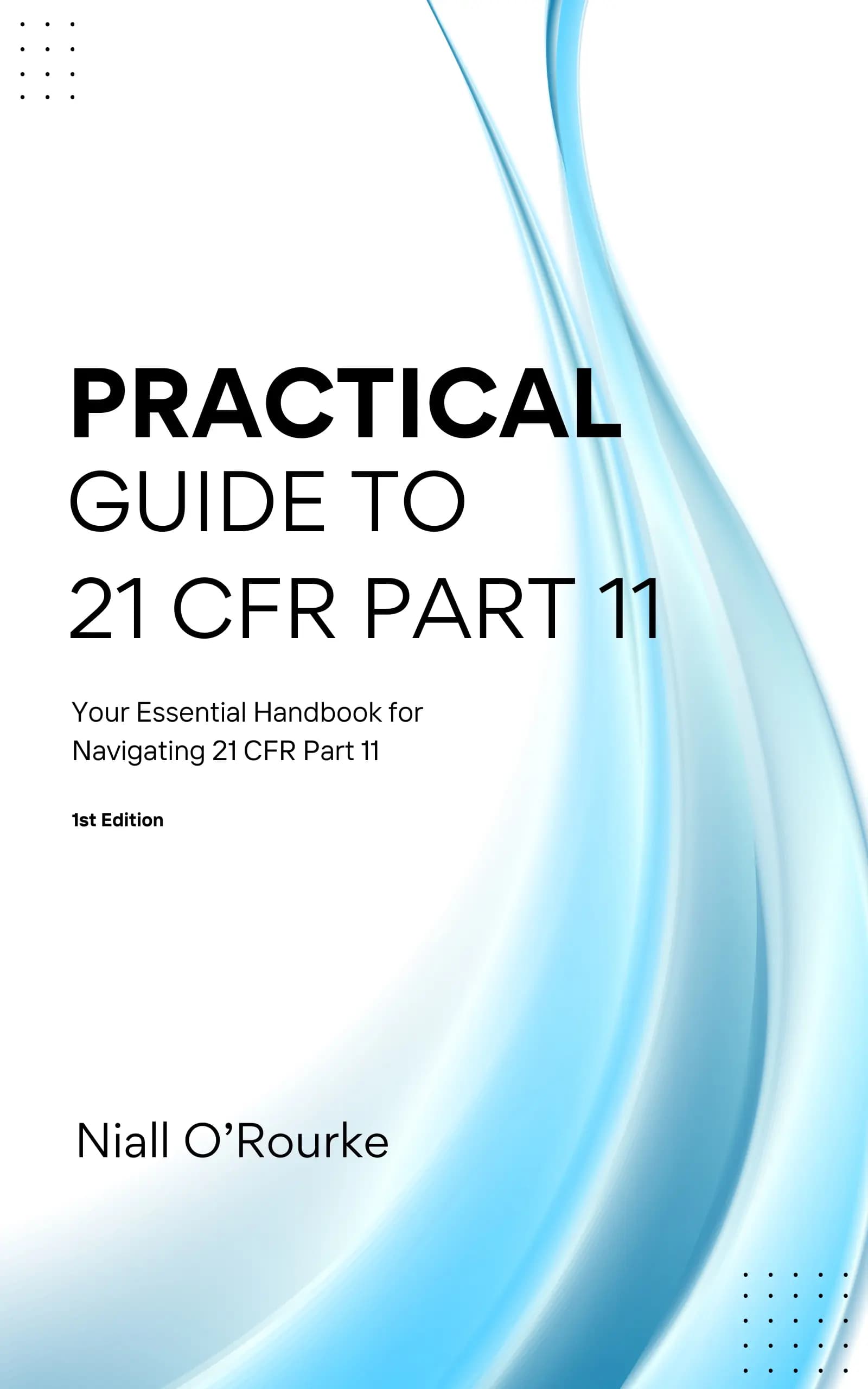21 CFR Part 11 Explained: A Complete Guide to FDA Electronic Records Compliance
Introduction
21 CFR Part 11 is essential for ensuring the integrity, reliability, and security of electronic records and signatures within FDA-regulated industries. It provides a framework for electronic record-keeping that complies with FDA standards, ensuring the trustworthiness of these records as equivalent to paper-based methods. This guide dives into core concepts, requirements, and best practices.
What is 21 CFR Part 11?
21 CFR Part 11 is a regulation from the U.S. FDA that specifies the requirements for electronic records and electronic signatures in regulated industries like pharmaceuticals, biotech, and medical devices. This regulation allows organizations to move from paper-based to electronic systems while maintaining high standards of data security, integrity, and traceability.
Is 21 CFR Part 11 Mandatory?
For FDA-regulated industries, 21 CFR Part 11 compliance is mandatory. Failure to comply can lead to severe consequences, including regulatory action, financial penalties, and reputational damage. Compliance ensures that electronic records and signatures meet standards for accuracy, reliability, and security, making them as credible as traditional records.
Key Compliance Checklist for 21 CFR Part 11
Here’s a streamlined compliance checklist to guide you through the key components of 21 CFR Part 11:
- System Validation: Verify system accuracy, reliability, and intended performance.
- Audit Trails: Ensure audit trails are secure, time-stamped, and record all user actions.
- Data Integrity Controls: Implement systems to maintain data integrity, prevent unauthorized access, and secure electronic records.
- Electronic Signature Security: Use unique identifiers and secure verification methods for electronic signatures.
💡 Tip: Regularly review and update these compliance steps to align with evolving regulatory requirements and organizational needs.
Key Requirements of 21 CFR Part 11
The regulation divides its requirements into two main sections:
1. Electronic Records
- Closed Systems: Implement stringent controls to secure data access within closed environments, including audit trails, data retention policies, and user authentication.
- Open Systems: For open access, utilize additional measures, such as encryption and enhanced verification protocols, to ensure data integrity.
- Audit Trails and Data Retention: Maintain detailed, timestamped audit trails and ensure records remain accessible and secure for the required retention period.
2. Electronic Signatures
- Unique Signatures: Each electronic signature must be uniquely tied to an individual, preventing reuse.
- Signature Manifestation: Ensure that each signed record displays the signer’s name, date and time of signing, and the intent (e.g., approval or review).
FAQ on 21 CFR Part 11 Compliance
What is 21 CFR Part 11 Compliance?
21 CFR Part 11 compliance involves adhering to FDA standards for managing electronic records and electronic signatures to maintain data integrity and security.
Is DocuSign 21 CFR Part 11 Compliant?
Yes, DocuSign has configurations that can be made compliant with Part 11 requirements. However, validation and documentation are crucial to meet specific use cases.
What are some essential audit trail requirements?
Audit trails must be time-stamped and record user actions, changes to records, and modifications. This helps create a reliable, traceable history of all actions within the system.
Applications of 21 CFR Part 11 in the Pharmaceutical Industry
Compliance with 21 CFR Part 11 is critical in the pharmaceutical industry to ensure data integrity and traceability in electronic batch records, audit trails, and more.
- Audit Trail Requirements for Data Integrity: Systems must record all user actions affecting data to create an accurate historical record.
- Electronic Batch Records: Using Part 11-compliant systems, pharmaceutical companies ensure that records are secure, retrievable, and auditable.
📌 Pro Tip: Regularly audit your systems to ensure compliance as industry standards and technologies evolve.
Comparison: 21 CFR Part 11 vs. EU Annex 11 and GAMP 5
- Annex 11 of the EU’s Good Manufacturing Practice (GMP) shares similarities with Part 11 but has additional guidelines on validation and risk management.
- GAMP 5 provides a framework for validating computerized systems within regulated industries, complementing Part 11 efforts and ensuring compliance with industry standards.
Final Thoughts
21 CFR Part 11 compliance is crucial for safeguarding data integrity, security, and quality in electronic record-keeping systems. Beyond regulatory adherence, compliance also protects the organization’s reputation and ensures data reliability. By understanding and implementing 21 CFR Part 11’s guidelines, regulated industries can maintain robust systems and stay compliant in a competitive landscape.
For an in-depth exploration, refer to my book, A Practical Guide to 21 CFR Part 11, where I delve into real-world scenarios, examples, and steps for compliance.

Practical Guide to 21 CFR Part 11
Your Essential Handbook for Navigating 21 CFR Part 11
"An invaluable resource for anyone working with computerised systems in pharma."
Conor
Quality Assurance
Available on Amazon United Kingdom
Additional Resources
- FDA Guidance on 21 CFR Part 11: FDA Part 11 Guidelines
- GAMP 5 Framework for Computerized Systems Validation: Available through ISPE resources.

